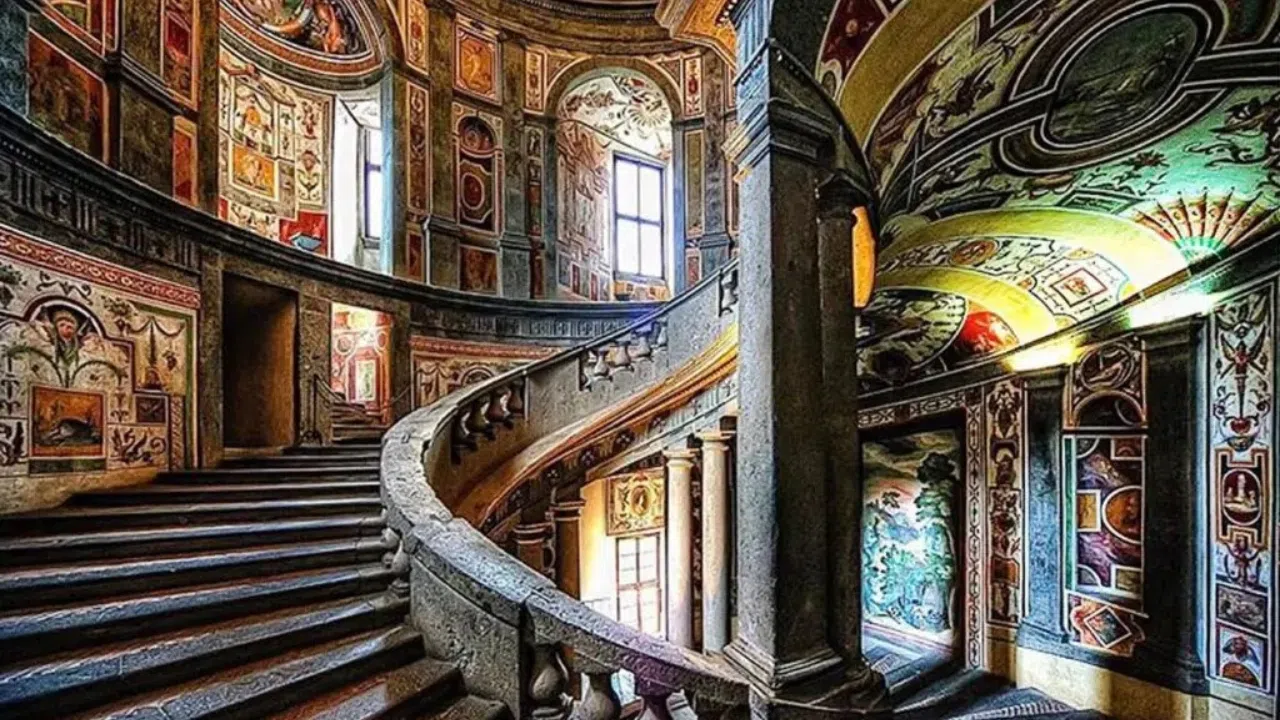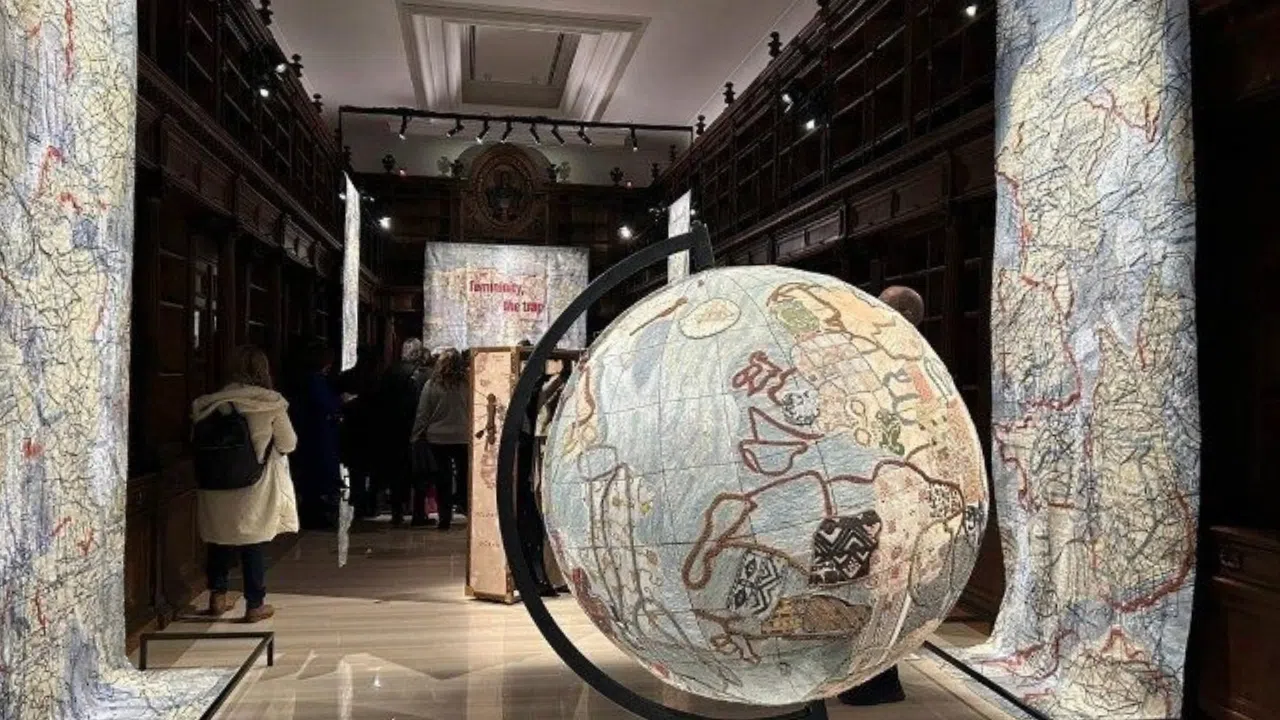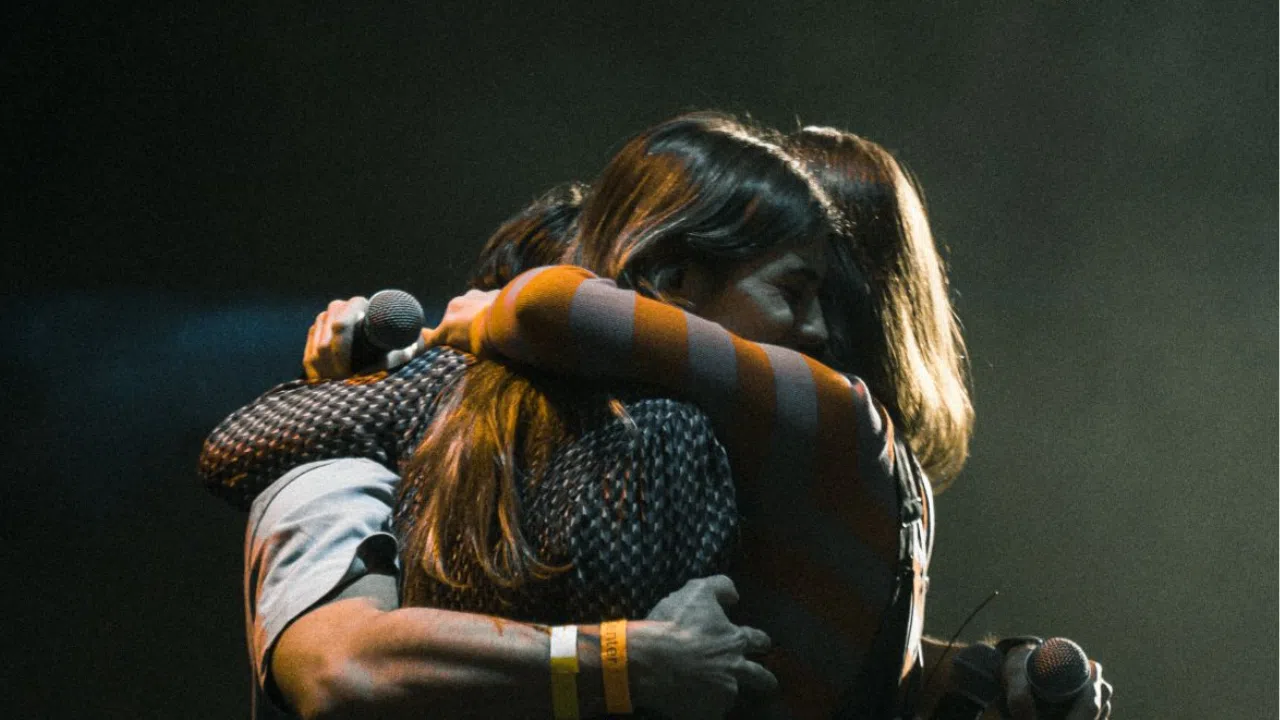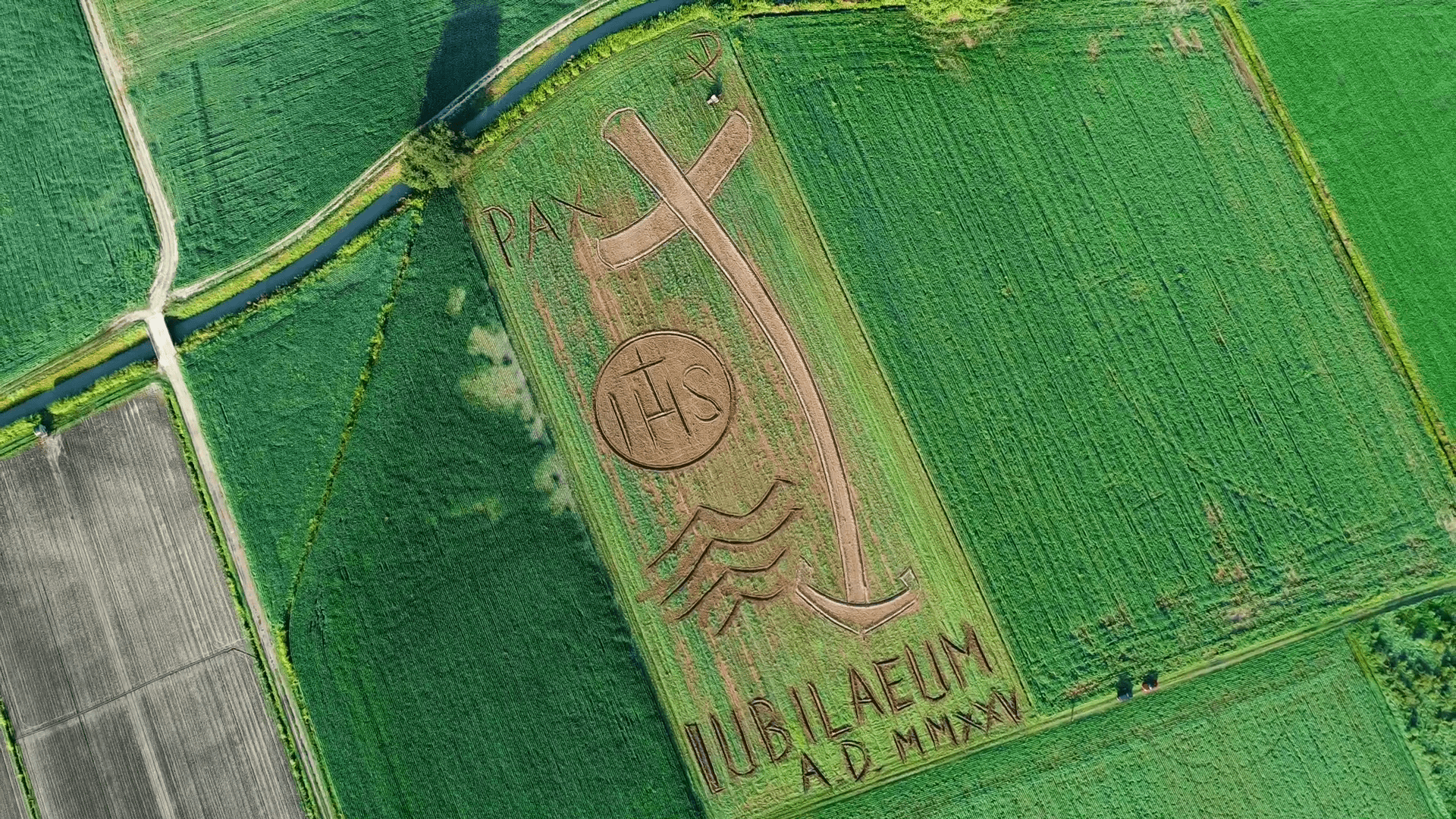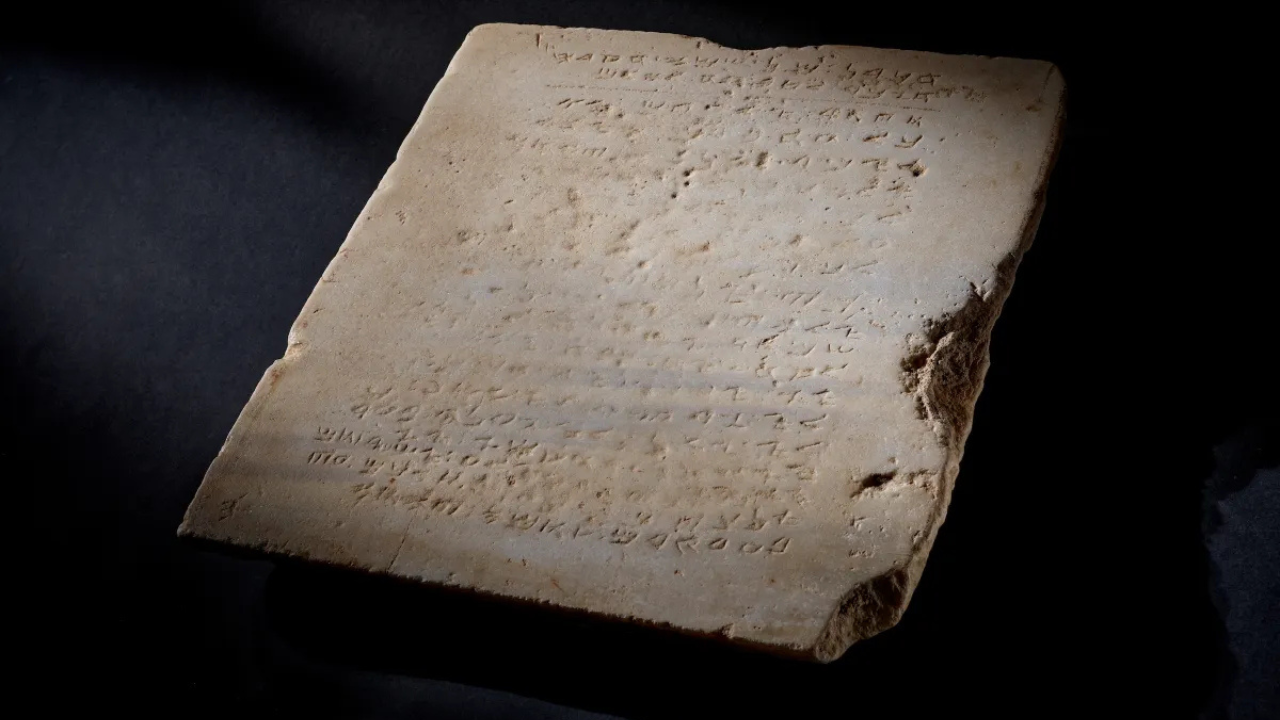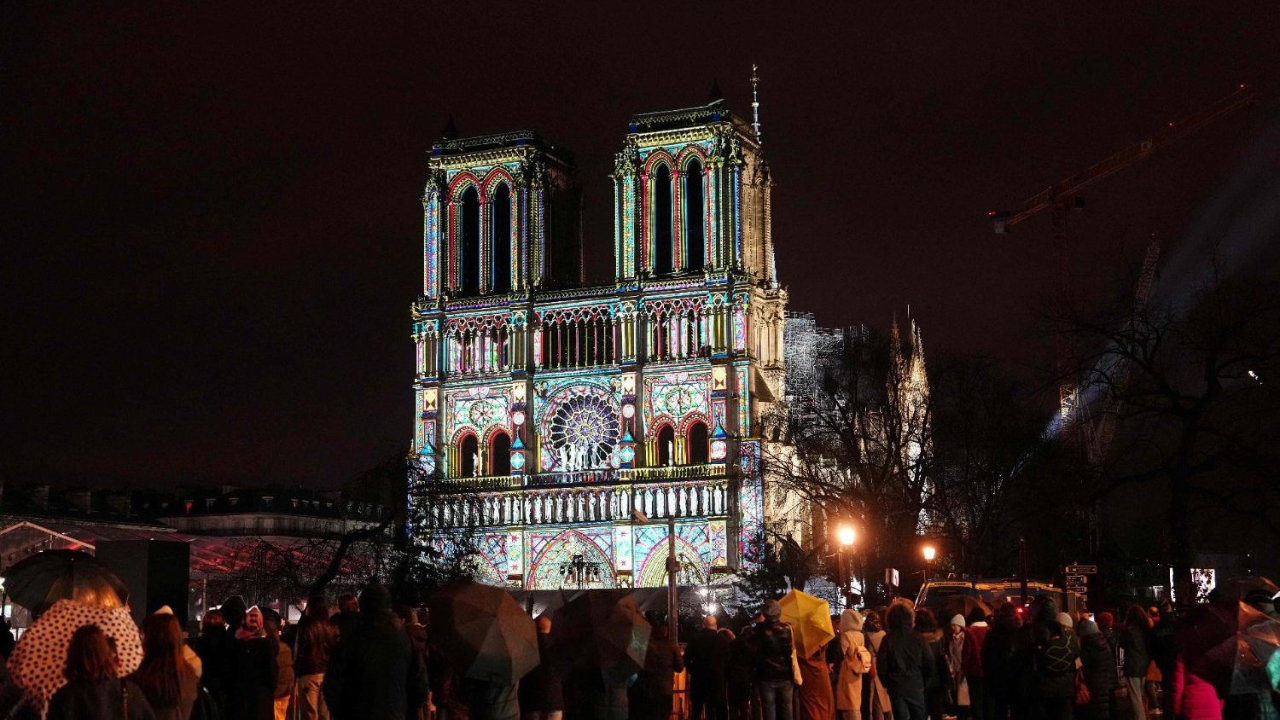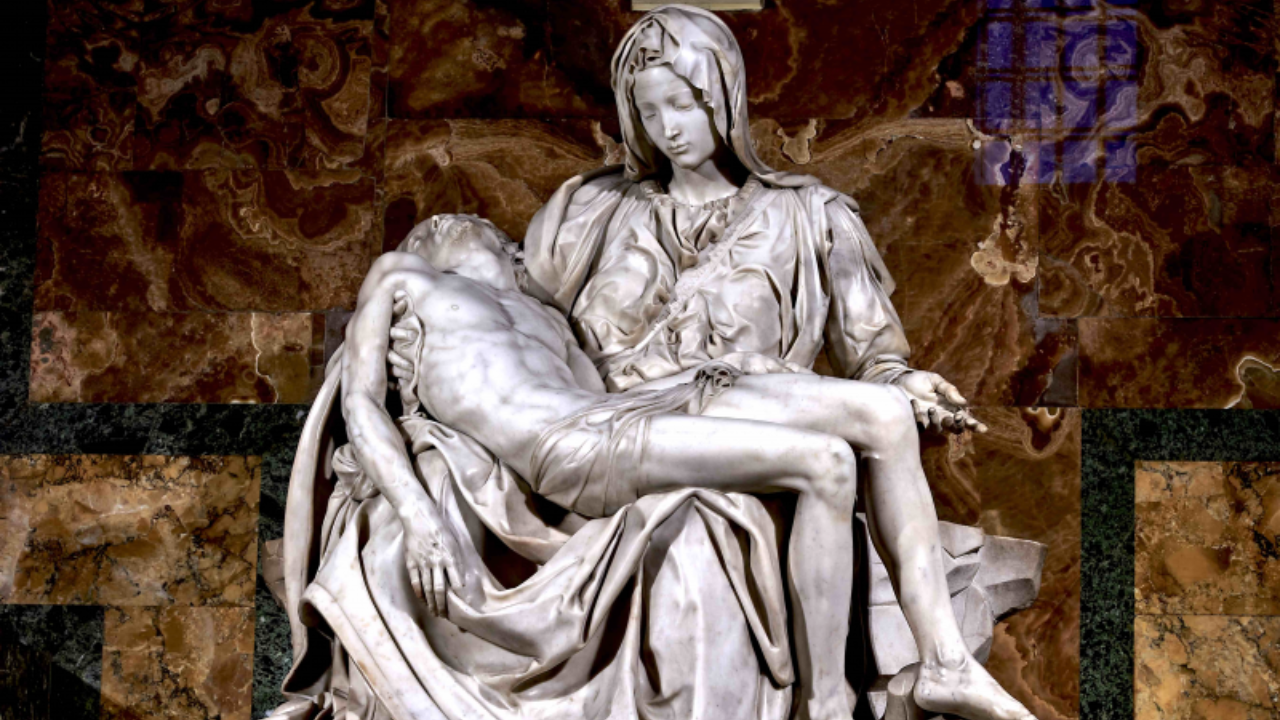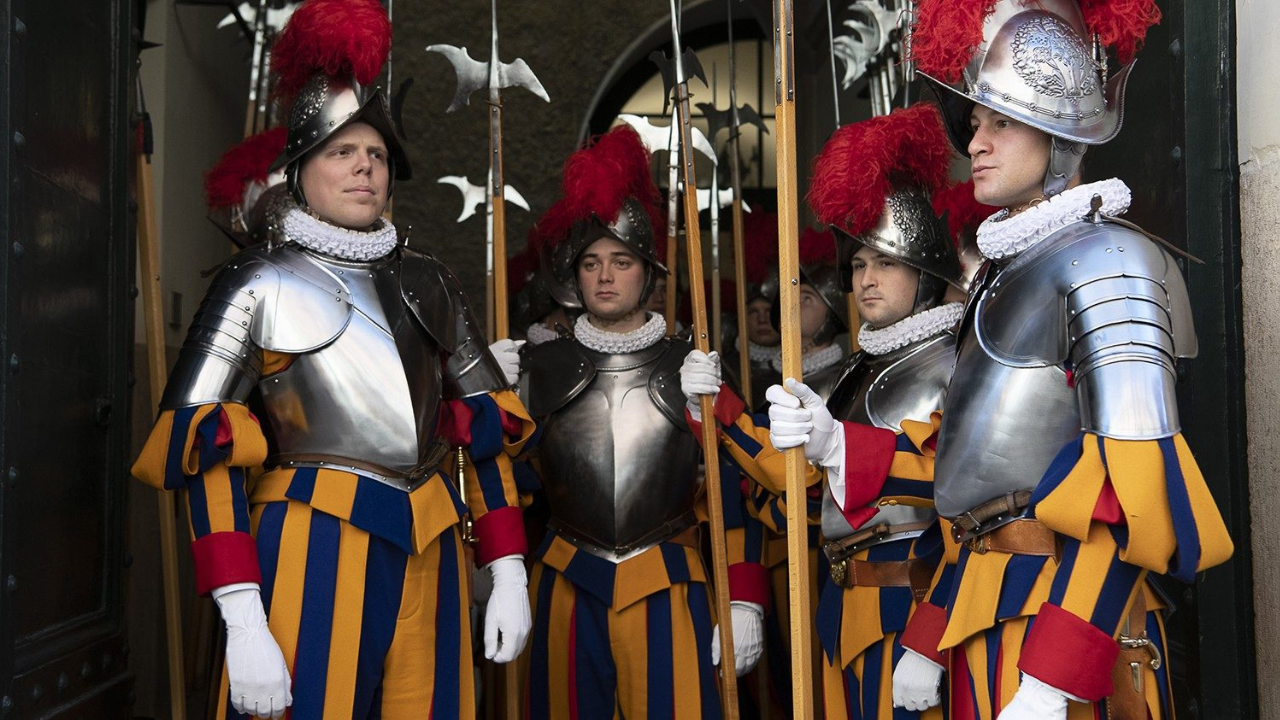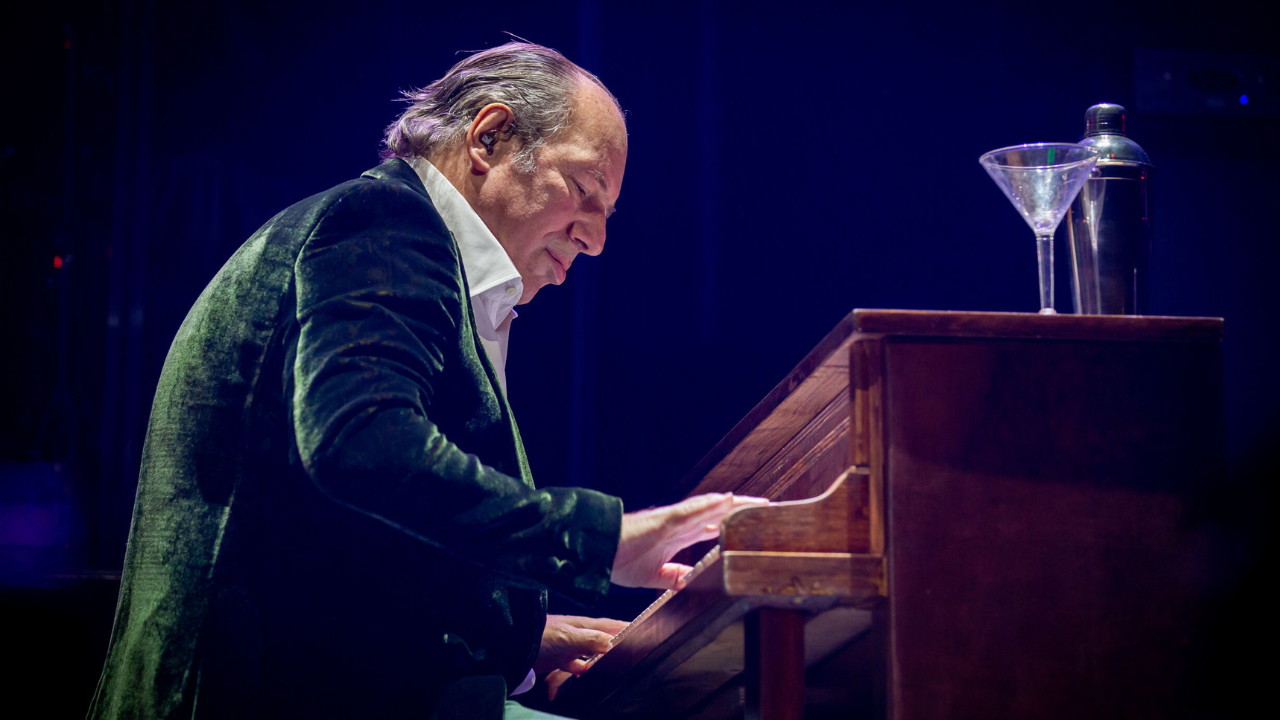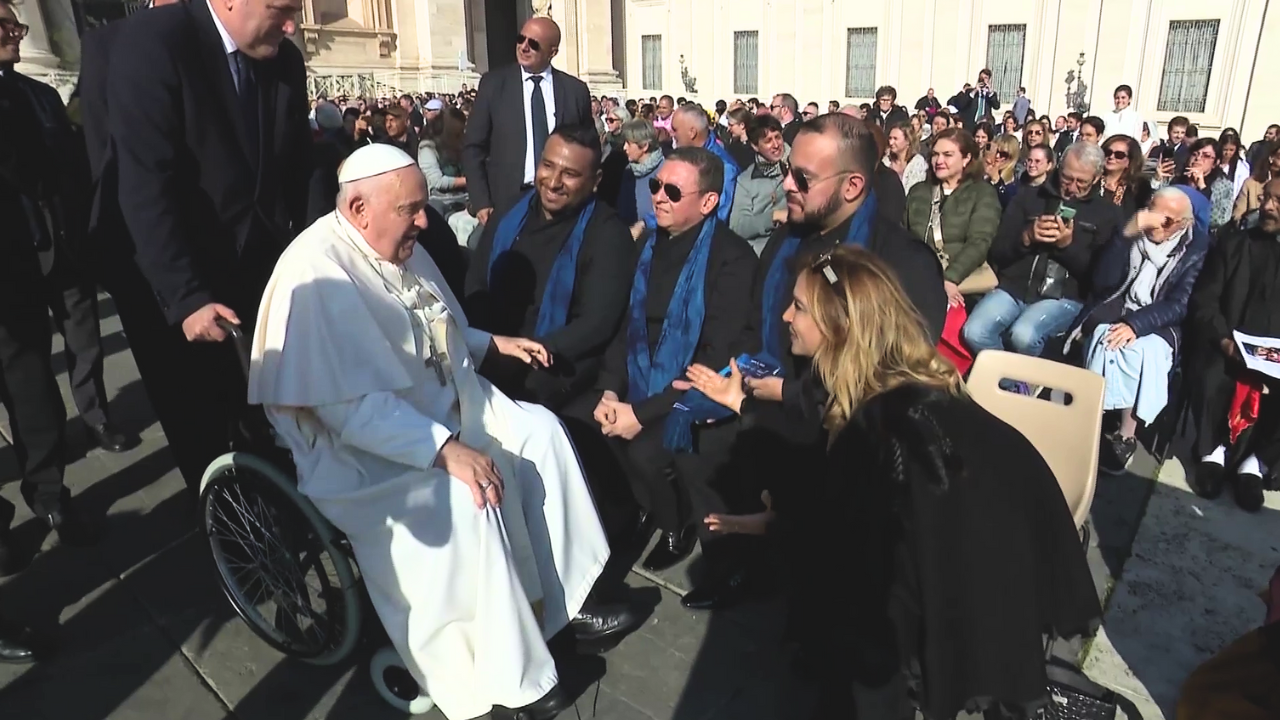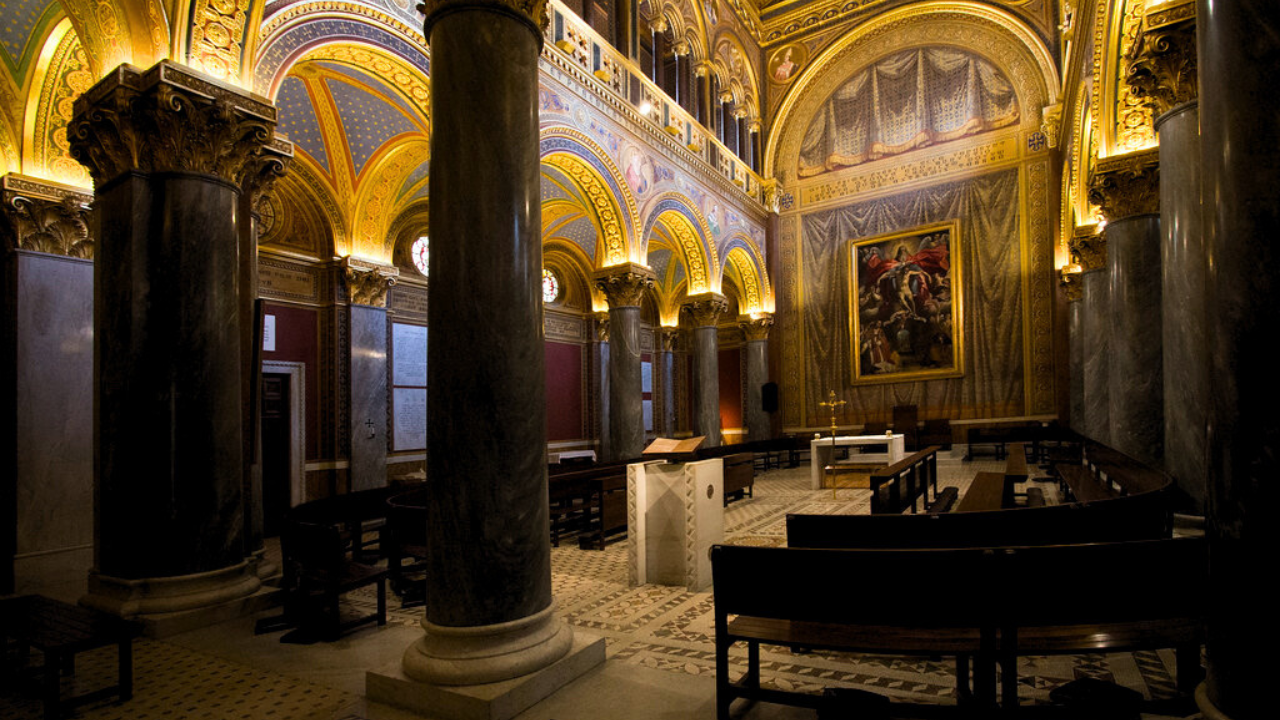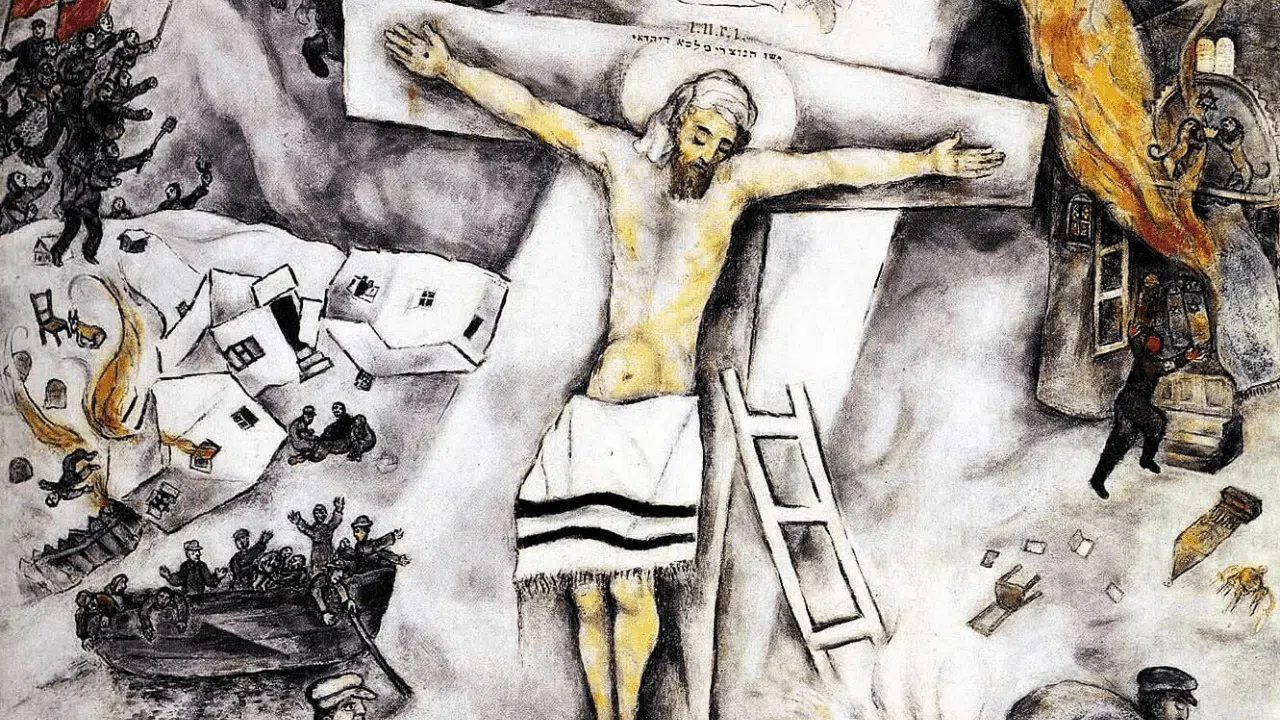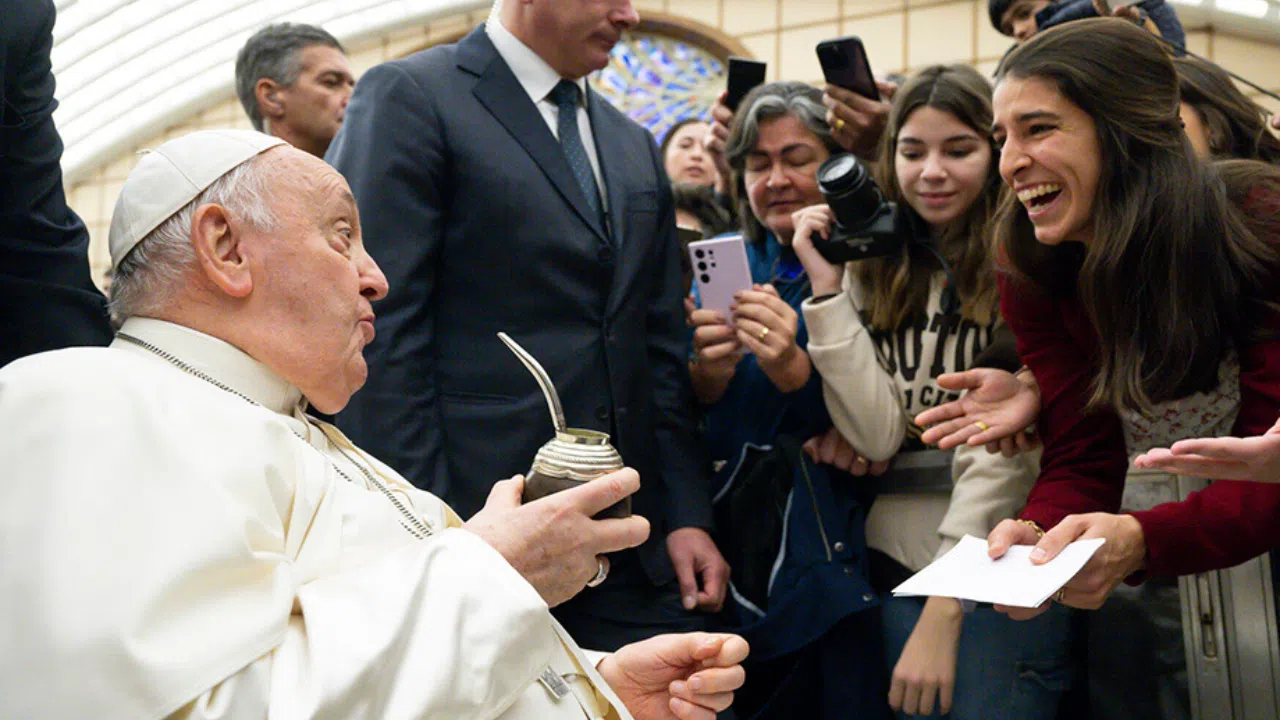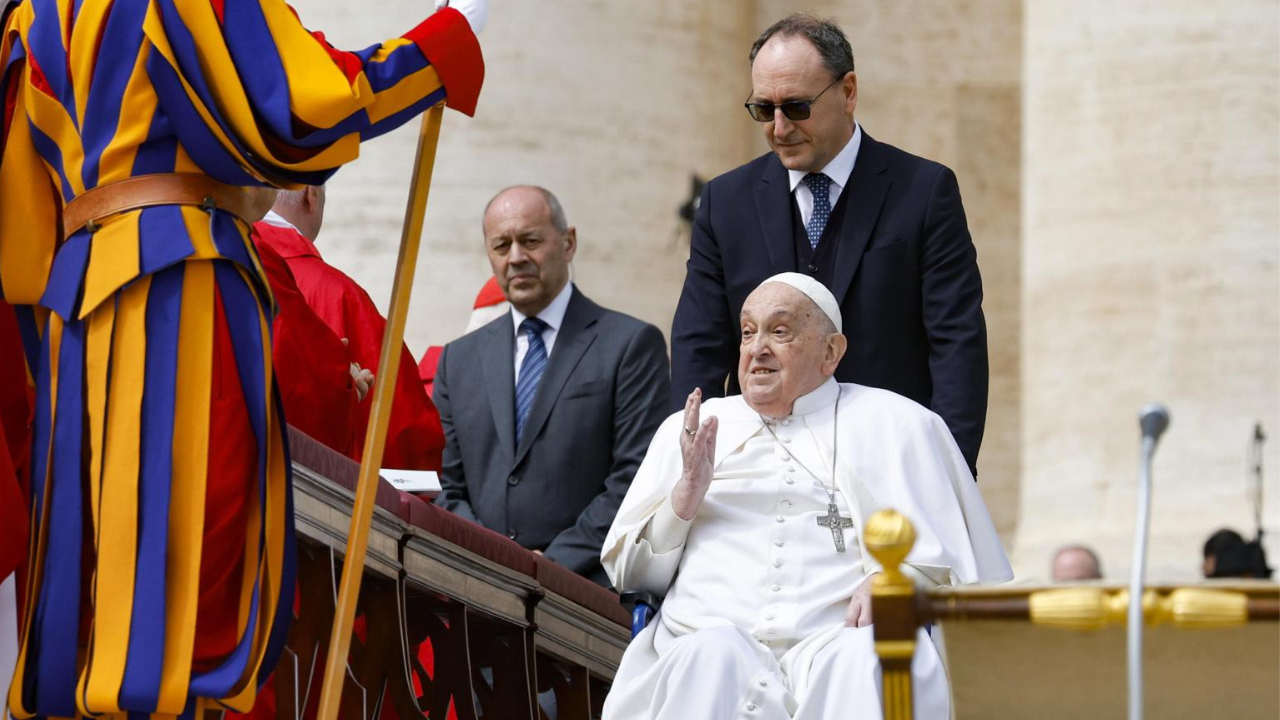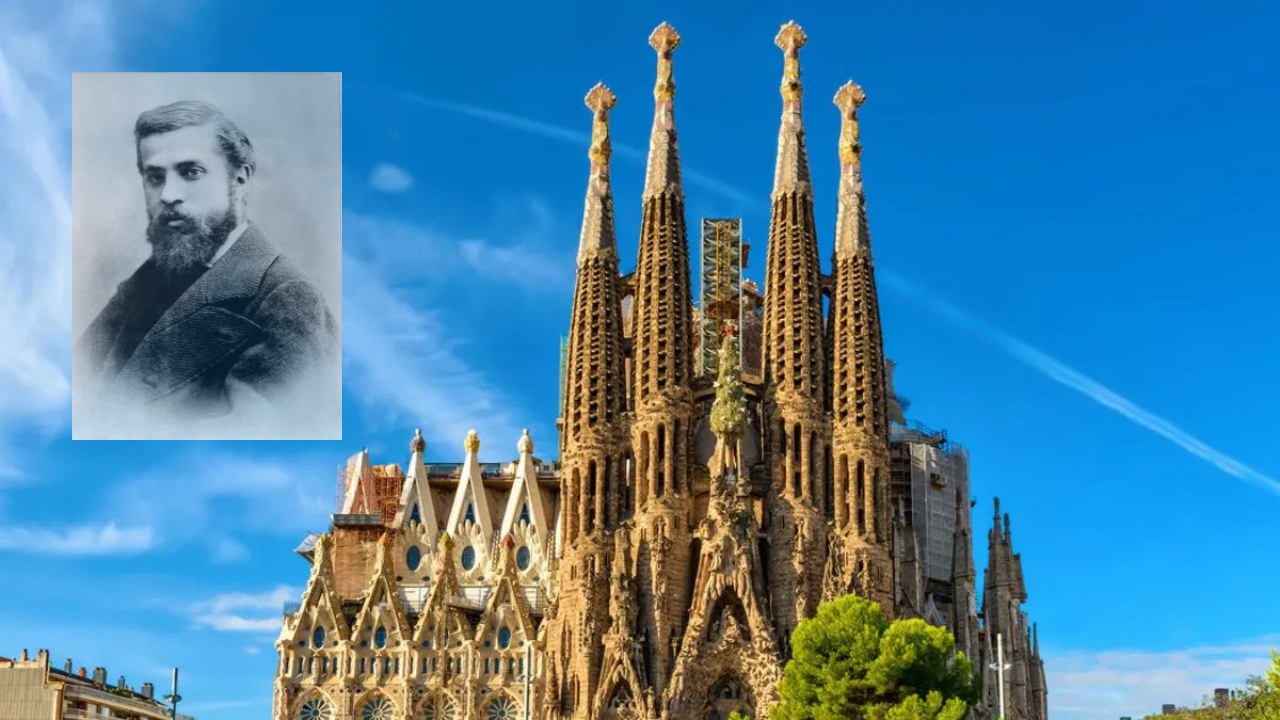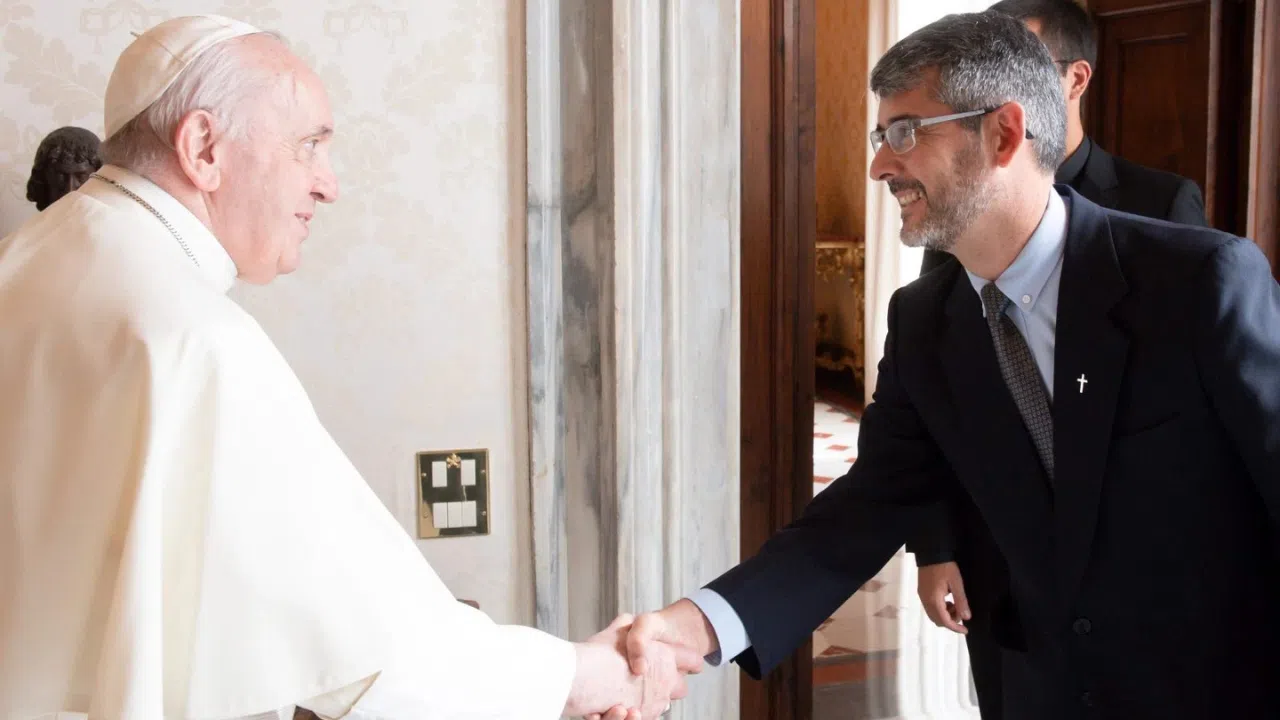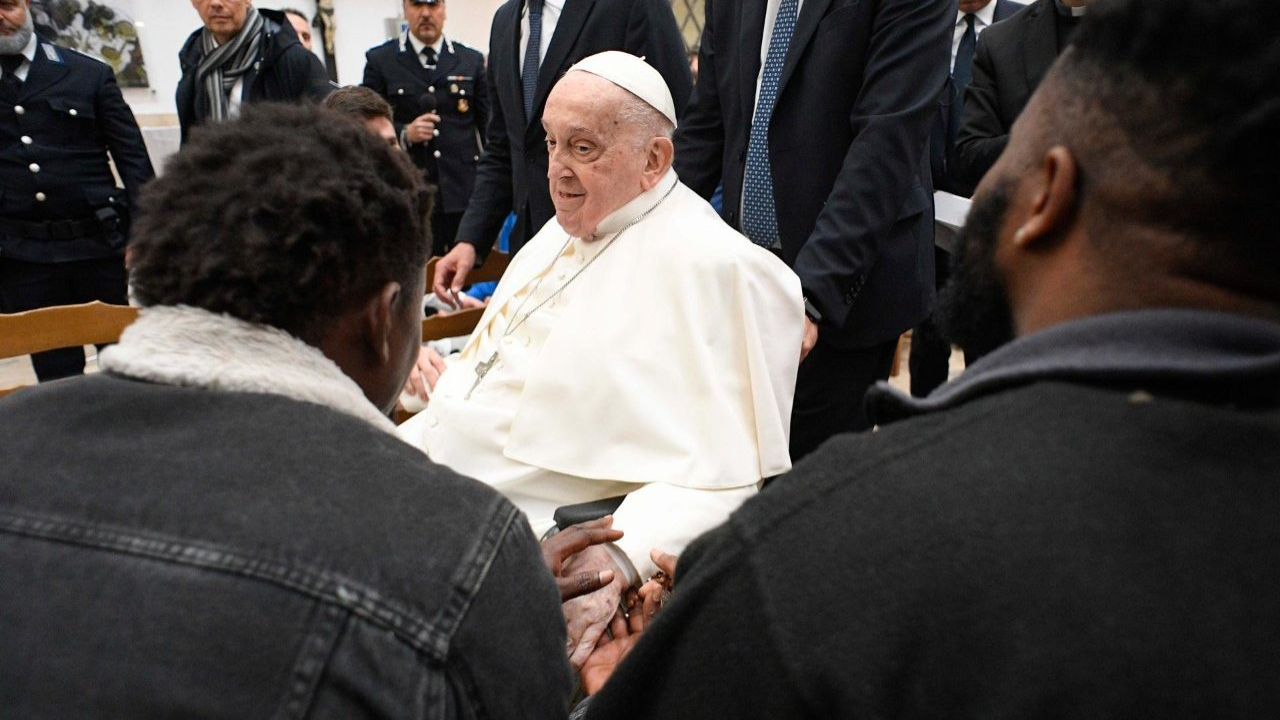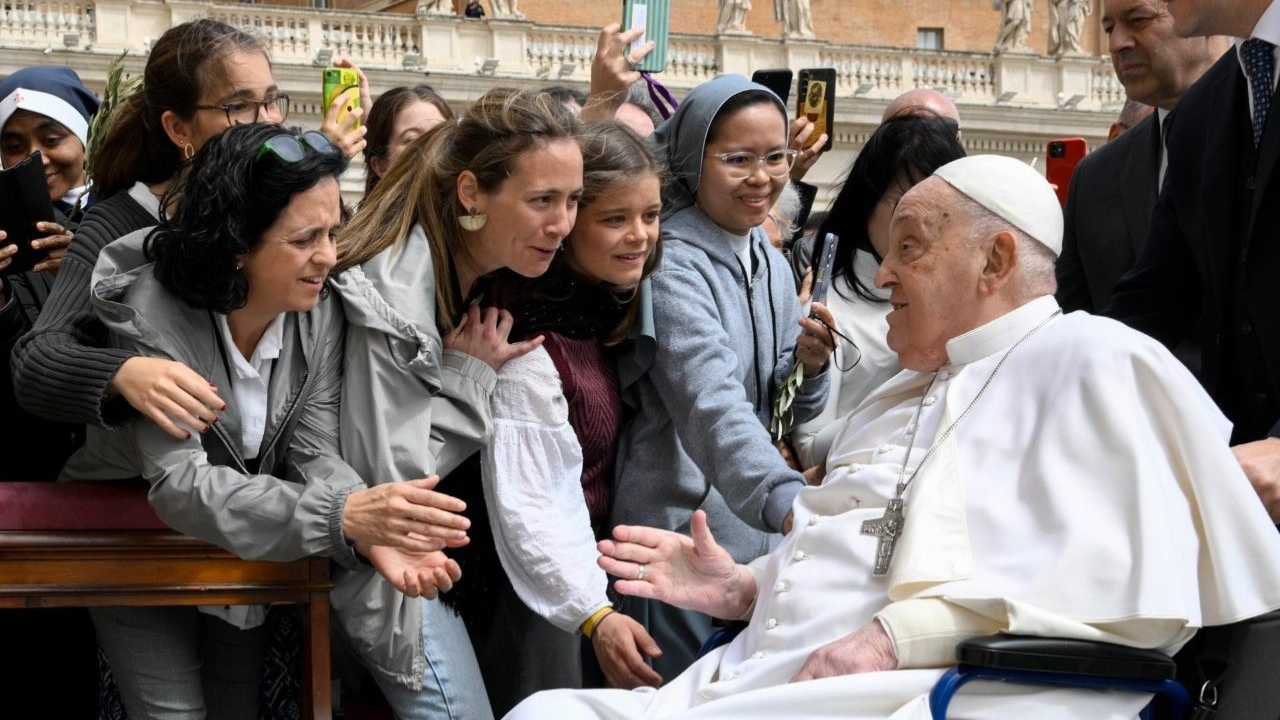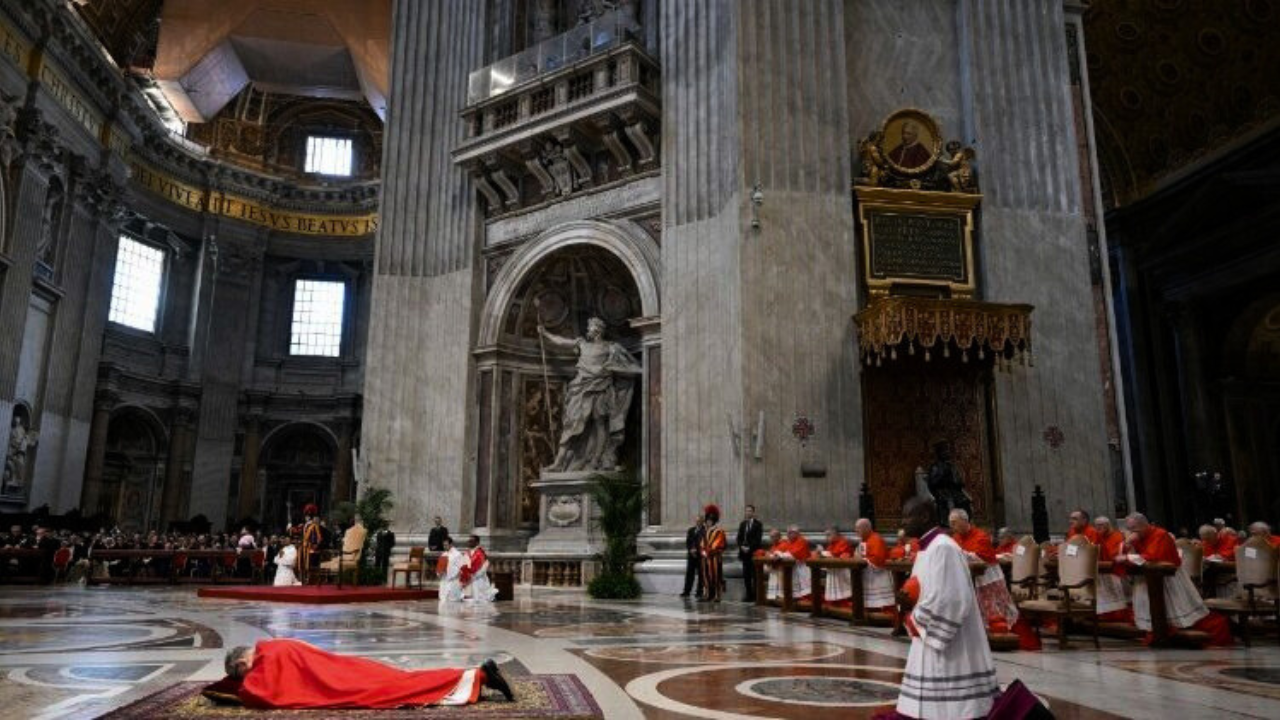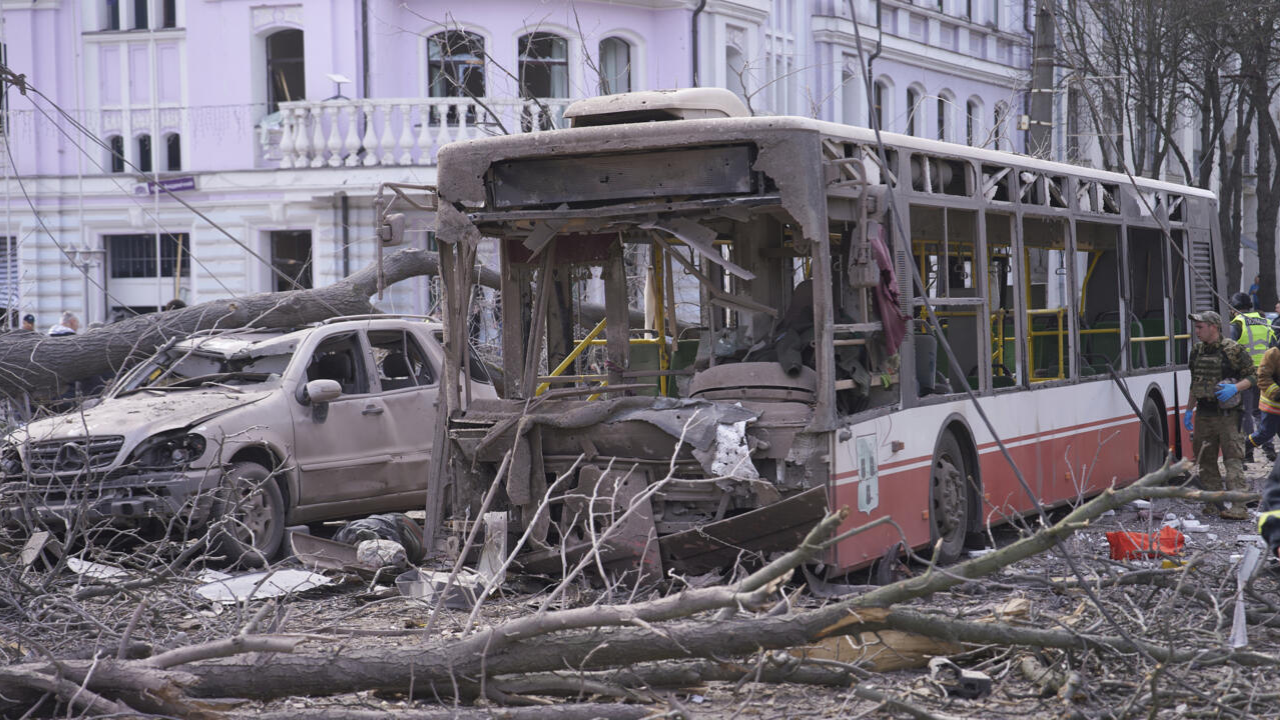Not even 600 years can diminish the value of the Carmelite friar Filippo Lippi's works. He was one of the most important Renaissance artists from Florence.
ENRICO PARLATO
Curator
“He was one of the main figures of the Florentine Renaissance. His importance doesn't only lie in the frescoes of the Prato Cathedral, which are very important, but also in the fact that his son Filippino and the great Sandro Botticelli were trained in his workshop.”
According to Professor Enrico Parlato, legend says that Filippo was kidnapped by barbarian pirates and taken to North Africa. On the way, he made a painting of the chief of the pirates with some charcoal he found. The chief was so impressed when he saw the portrait, that he decided to release Filippo.
Lippi's personal life was filled with controversy. He fell in love with a nun and married her. This was a real scandal in that period of history, which at the same time represented the ideal of the painter who falls in love with his muse.
The National Gallery of Ancient Art in Rome is now exhibiting some of his works to celebrate the centenary of the discovery of his most important painting: the “Madonna and Child Enthroned.”
ENRICO PARLATO
Curator
“The 'Madonna and Child Enthroned' allows us to see that Filippo Lippi was not only inspired by Florence because he had already traveled in those years to Siena, which was a very important city. He also spent time in the north of Italy, particularly in Padova. If you look closely at this work, you will see that its iconography speaks for itself: it shows the Blessed Mother on a throne, but this throne is not found in paradise, but rather in a domestic setting.”
Filippo Lippi's “Madonna and Child Enthroned” is a perfect example of how to introduce a sacred image to a domestic setting. It was the influence of his time in a Carmelite Friary which led him to recognize that the sacred can be found even in the most mundane things.
